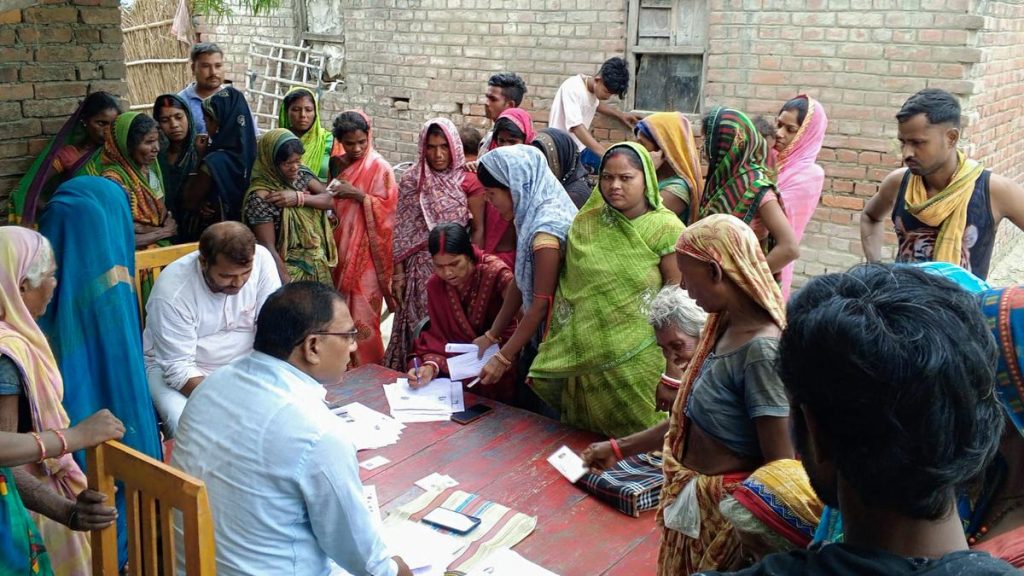Now Reading: How Fracking Is Impacting the Earth and Our Health
-
01
How Fracking Is Impacting the Earth and Our Health
How Fracking Is Impacting the Earth and Our Health

Quick Summary
- Hydraulic Fracturing (Fracking): A technique used to extract natural gas and oil from underground shale rock layers by injecting high-pressure water,sand,and chemicals into wells drilled deep into the earth.
- Environmental Concerns:
– A single fracking well uses between 1.5 million and 16 million gallons of water.- Potential risks include groundwater contamination, air pollution from compressor stations near pipelines, increased smog in rural areas, health risks (e.g., asthma exacerbation, higher rates of hospitalization), infrastructure issues like methane contamination in wells causing flammable tap water.
- Health Implications:
– Studies link fracking proximity to low birth weights in Alberta babies, increased leukemia rates among Pennsylvanian children nearby fracking sites during early life stages, and higher premature death rates in senior citizens living near sites.
- Earthquake Risks: Wastewater injection stemming from fracking has been associated with induced earthquakes; the largest recorded earthquake due to this was magnitude 4.0 in Texas (2018).
- Debate on Overall Impact:
– Proponents claim benefits such as job creation and reduced greenhouse gas emissions compared to coal.- Critics argue adverse environmental effects outweigh benefits; some researchers suggest abandoning shale gas altogether.
Indian Opinion Analysis
Fracking’s significance stretches far beyond North America but rarely discussed implications for nations like India prompt deeper reflection.As a country aspiring toward energy security amidst rapid industrialization, similar extraction methods could spark debates on balancing economic growth with environmental preservation. While proponents point out cleaner-burning characteristics of natural gas compared to coal-which India relies heavily on-critics stress that sustainability must remain centerstage.
India’s exposure now happens indirectly when mapping whether future dependency towards foreign non-indirectsource safe! alignsbest”>























